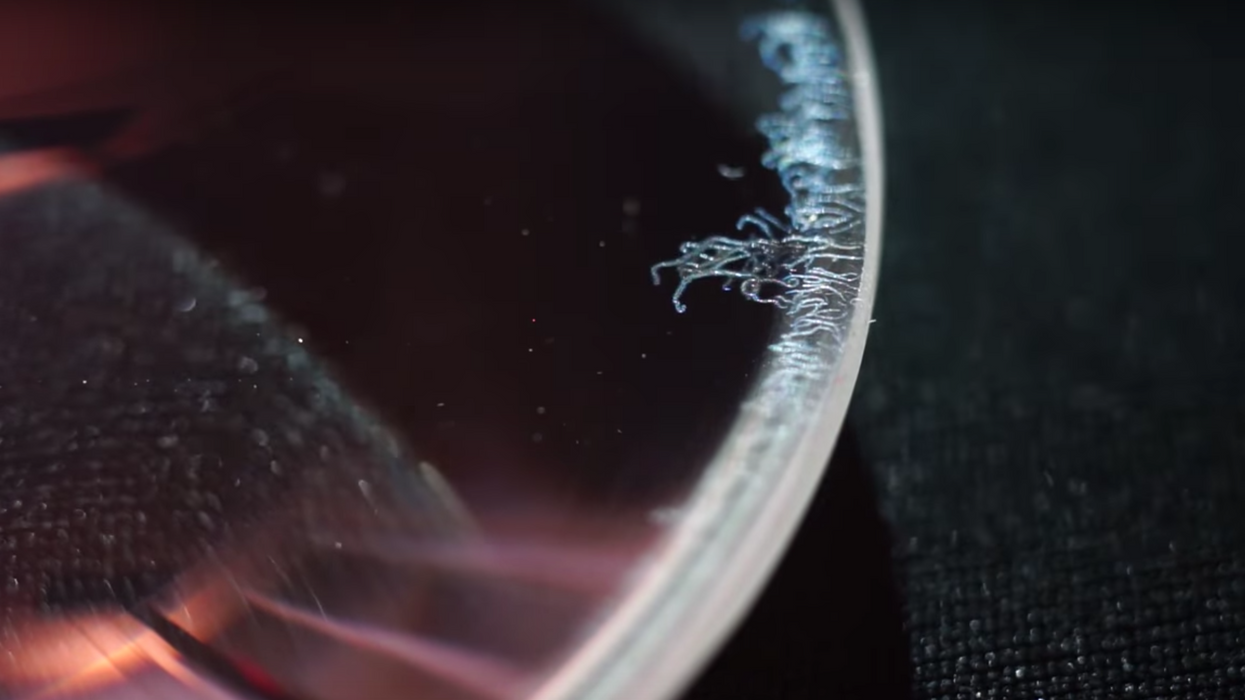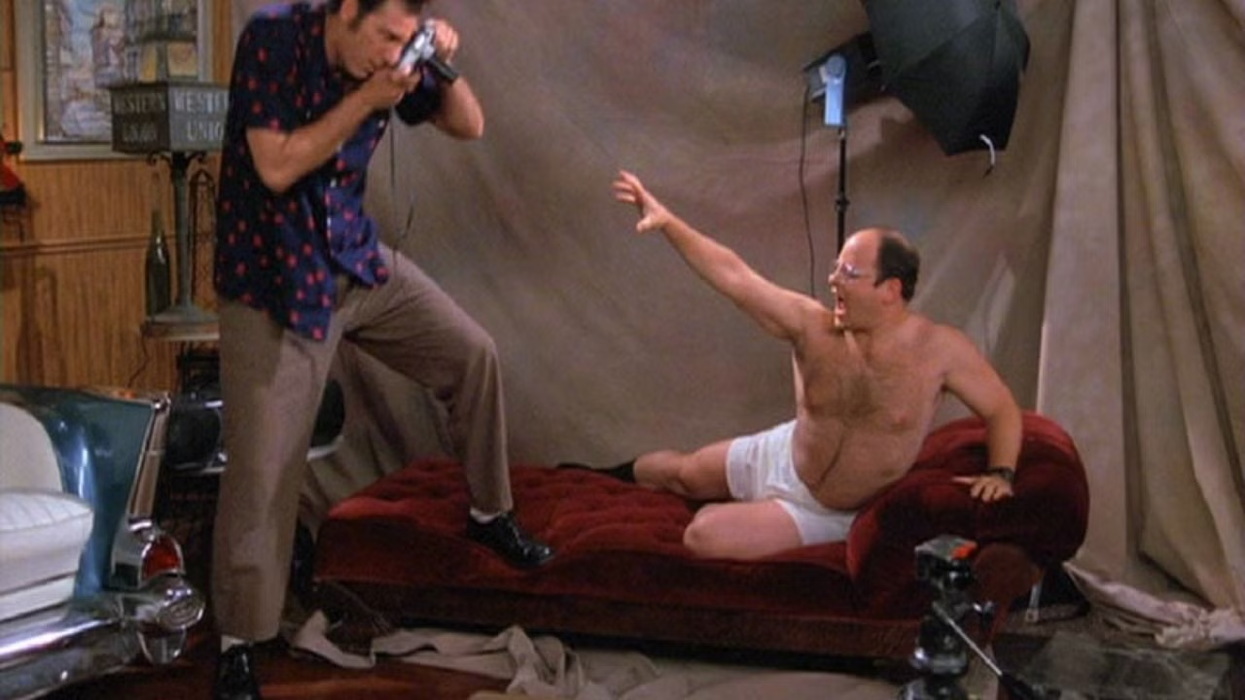How to Quickly Remove Fungus from a Lens
Ever buy a used lens and discovered some unwanted organics inside?

Humid environments are breeding grounds for all kinds of microorganisms and, though they are encased in glass, lenses are not safe from nature. Fungus inside your lens can eat away at the lens coating, cause optical aberrations or even (in some newer lenses) erode the glues that keep elements in place. Filmmaker Mathieu Stern recently purchased a Cyclop 85mm 1.5 lens from Russia and when he discovered fungus inside, he made this two-minute tutorial for how to treat it:
Stern does his fungus removal without many tools outside the lens spanner, but others recommend being a bit more procedural and using a few more tools for removal (For example, many prefer micro-fiber cloth to using a "high quality" paper towel). PetaPixel provided this handy list:
- Lens Spanner
- JIS Screwdriver Set (for lenses made in Japan)
- Desk Lamp
- Parts Dish (plastic), Soaking Dish (ceramic)
- Tweezers
- Nitrile Gloves—These will help keep your fingers from getting dried out from the fungus-killing solution, and it helps keep your glass clean while handling the lens elements.
- Safety Glasses
- Hydrogen Peroxide
- Household Ammonia
- Cotton Balls
- An extremely clean Microfiber Lens Cloth
- Lens Poofer
Apart from opening up your lens, shining germicidal UV (ultraviolet) light into the lens for an extended period will "discourage" the fungal growth, but use care to choose your instrument and to avoid exposing UV light to your eyes. Leaving a lens with its iris wide open on a sun-facing windowsill in a dry location may also produce good results (after weeks or even months). Of course, the best solution for lens fungus is to never let it happen in the first place, so keep your lenses in a well-ventilated, dry location with desiccant sachets whenever possible.
For general lens care, check out our post 12 Do's and Don'ts for Maintaining Your Lenses.











